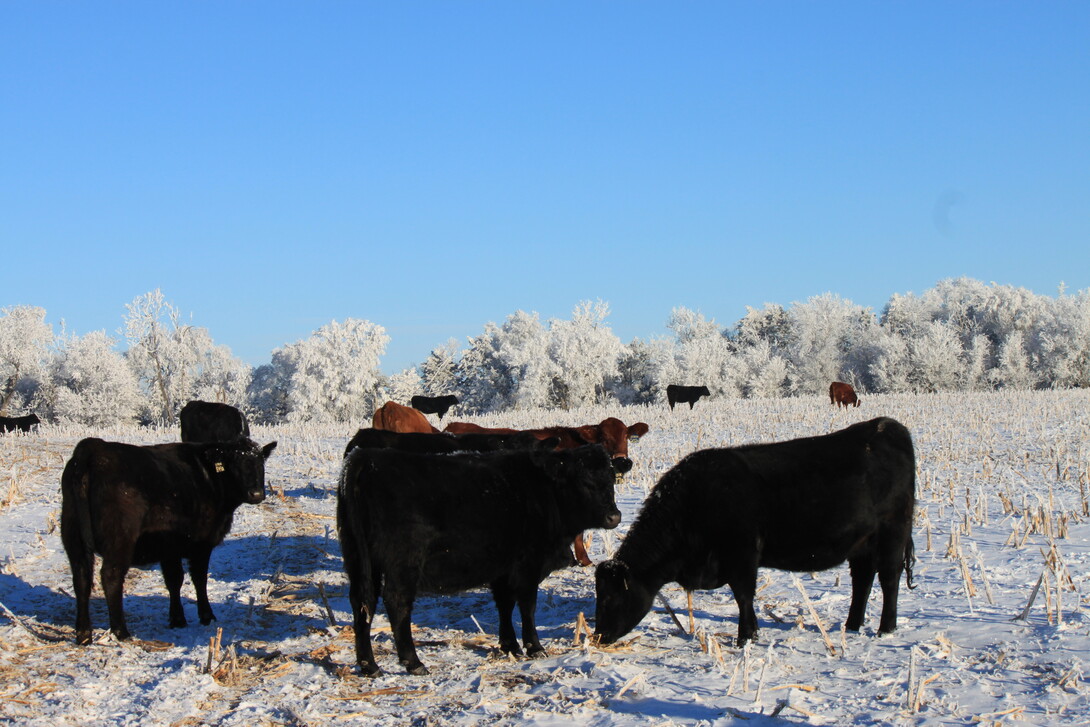
Lincoln, Neb. —Drought conditions across much of Nebraska this summer, most severe in the west, have significantly reduced forage production from pasture and rangeland as well as hay ground and crop residue. Cow-calf producers will face a challenge in meeting the feed needs of the herd from now until next spring.
When making a plan for a forage shortage, producers should remember these five steps:
Calculate feed needs. Accurately assess the feed needs of all the cattle that are planned to be part of the operation from now into next spring. This is an important first step in determining expected forage demand. Recognize that grass availability next spring may be later and less than average due to the drought conditions experienced this past growing season. Take time to assess cow body condition score. Are cows thinner now than they typically are for this time of year? Are they going to need higher-quality feed and more of it in order to be in adequate condition going into calving?
Inventory quantity and quality of forage. Consider the available grazing as well as harvested feed that is currently available. Get feed-sample analyses of hay and silage. Recognize that the quality of dormant rangeland forage may be less than average this year. Knowing both the quality and quantity of feed in inventory is essential to being able to develop a feeding plan.
Count the cost. Know the value of the feed you have and the cost to acquire feed that will be needed to meet cattle nutrient requirements. What is it going to cost to carry cows through the winter till next spring? What is going to be the estimated cost of gain to grow calves that will be retained? Will the expected value received for weight gain or calf production be greater than the cost?
Identify the options. Explore and think through the available options to either reduce forage demands or purchase additional feed. What are the pros and cons of each? What are the potential long-term impacts of the possibilities being considered? Which alternatives give the greatest flexibility? It is likely that hard decisions may be necessary if reducing forage demand means evaluating which cows are to be retained and which ones should be sold. A conversation with your banker and tax accountant will likely be an important part of the consideration in evaluating those options.
Develop a plan. Based on feed availability as well as cost and nutrient needs of the cowherd, develop a plan. Consider what options are available if weather conditions reduce feed available or increase cowherd nutrient needs. Recognize that the plan will likely need to be changed and adjusted along the way.
Proactively taking time to evaluate and think through possibilities now will likely provide more opportunities than waiting until later this fall and winter.
Nebraska Extension has numerous resources at the beef.unl.edu website, including articles, videos, NebGuides and Extension Circulars that address the issues currently being faced by cow-calf producers. Beef specialists and educators are available who can provide assistance in assessing options and developing rations.







